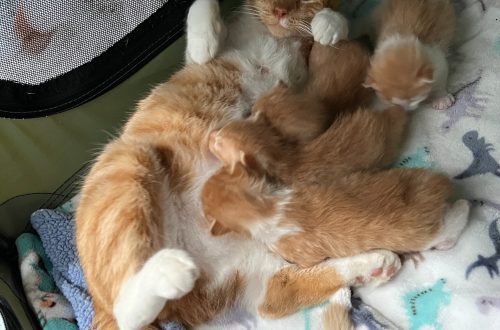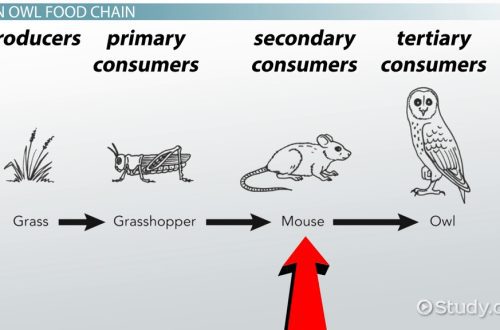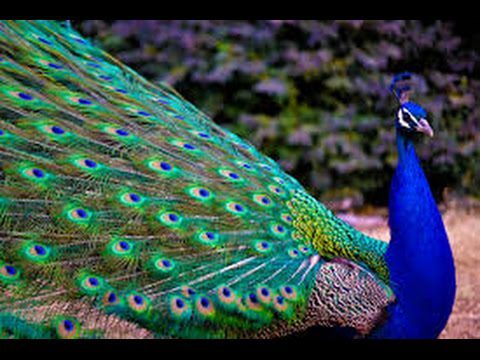
Amazing birds – peacocks
Perhaps the most amazing birds on planet Earth are peacocks. They belong to the chickens, as they are descended from pheasants and wild chickens. Peacocks significantly outnumber other members of the galliformes in size, have a specific tail and a bright color. You can tell a female from a male by color, they also have a different tail shape.
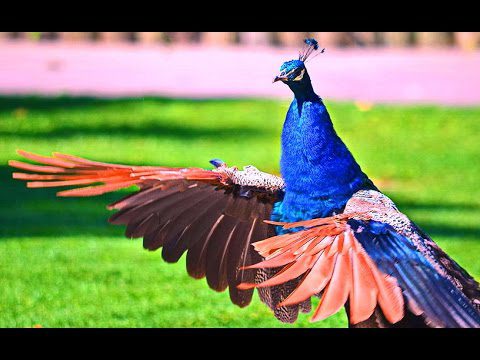
The female peacock has a uniform, gray-brown color of feathers, the crest on the head is also brown. Between the beginning of April and the end of September, the female lays her eggs. At one time, she is able to lay off from four to ten pieces. Males are able to breed already having reached the age of two or three. Lives with three to five females.
In one season, the female can lay eggs up to three times, especially if she lives in captivity. Eggs mature in about twenty-eight days, so the female can breed in such a short period of time, that is, in one season. From birth to puberty, males do not differ much from females in appearance; already closer to the third year of life, colorful feathers begin to appear in them.
Males are naturally so brightly colored in order to attract the attention of females and seek their location. The females themselves are not very bright in color, they have a white abdomen and a green neck. Therefore, bright feathers would create tangible interference in the life of females, since they would not be able to safely hide from predators when they bring out the babies. For a long time, after the chicks hatch, the female does not leave them and takes care of them.
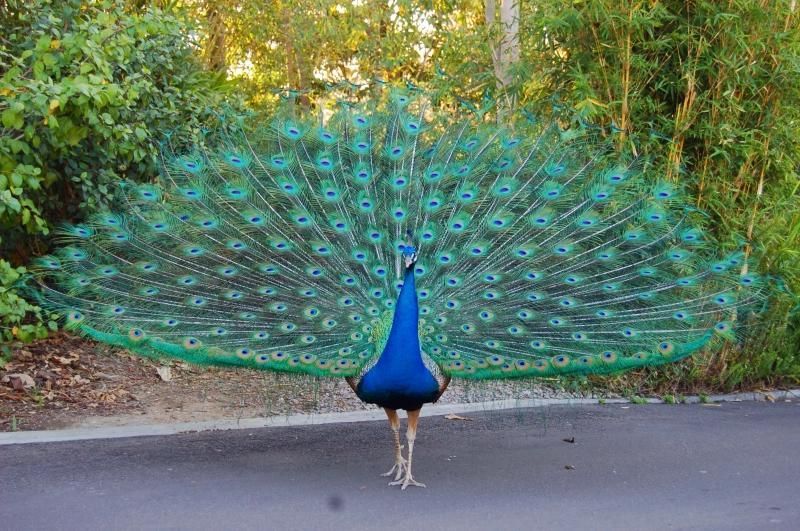
Females are slightly smaller than males. Usually peacocks are fed with grain, but it is also worth feeding with minerals and meat dishes. When peacocks see that they have been brought a fundamentally new food, for example, in a zoo, they approach it with caution, look at it, sniff it, and only after that they can eat it. Naturally, in the cold season, emphasis should be placed on the nutrition of birds, as they need to safely survive the cold and lack of nutrients. After the female has laid her eggs, they can be taken away and given to turkeys and chickens, as they are considered to perform the role of “nanny” well, although the peacocks themselves can look after their chicks well.
In zoos, peacocks are kept in separate cages during the mating season, so that they, in turn, do not harm other individuals. It is at this time that males are especially aggressive. Especially for females, places are equipped where they will breed offspring, usually this is a secluded place from prying eyes. Since peacocks themselves are large birds, they need a lot of space, so the cages in which they are kept should be spacious and comfortable.
Females are called Peacocks, they become mature closer to the second year of life. In order to breed peacocks, you need to take into account many details, as these are very delicate and refined birds by nature. Peacocks do not easily endure transportation from one place to another, they get used to one person, mainly to the one who looks after them and feeds them. They also adapt to the place in which they live, and if they are grown somewhere in the countryside, they will not leave their place of residence, if only they are given space for walking. In winter, it is preferable to build a warm shelter where they can be protected and comfortable.
Peacocks are native to Sri Lanka and India. They live in bushes, forests, jungles. Prefer not very overgrown place but not very open. Also, a peacock (another name for females) is attracted by the loose tail of a peacock, which in turn does this precisely for the purpose of courtship. If the peacock does not mind getting close, then the male waits until she herself gives in to him.
Zoologists have noticed that in fact, peacocks do not pay much attention to the peacock’s tail itself, but fix their gaze on the base of its tail. It is still not known why the peacock spreads its gorgeous tail in front of the females.




